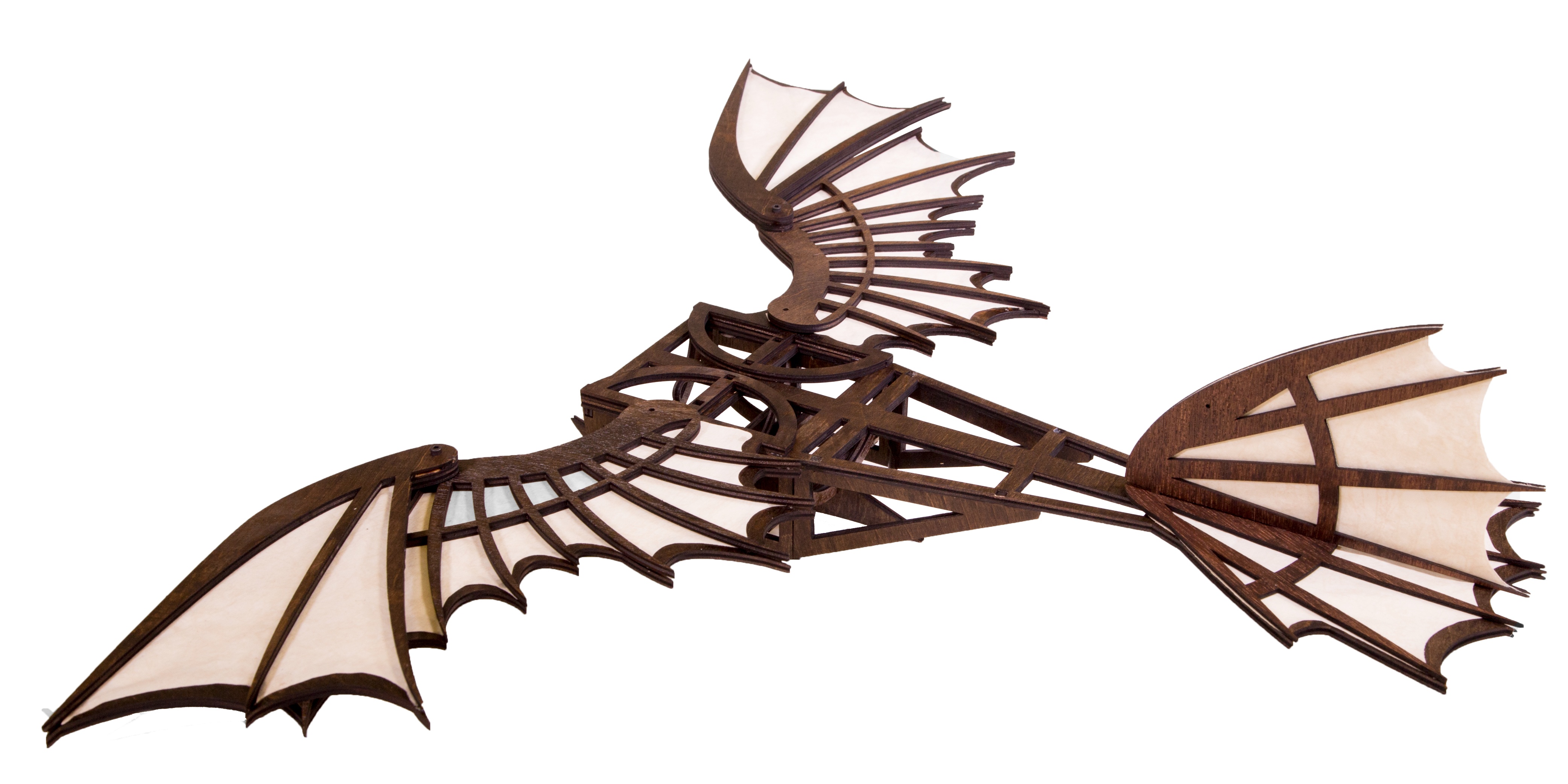Designing Notches for 3D Objects
Designing for Laser Cutters: Notches for 3D Objects
Designing For Laser Cutting: Achieving Ideal Edge Burn
Designing for Laser Cutting: Vector Cutting
With just one concept, laser cutters can create multiple outcomes with just minor design variations in design software. We start with a basic pattern created in Adobe Illustrator as a vector file and saved as a PDF.
Designing for Laser Cutting: Basic Raster
Learn a basic raster with a laser cutter is a simple engraving, typically of a black and white image. When designing raster projects, keep in mind that the “black” is where the laser is affecting your material. Basic raster outcomes are affected by how you adjust your speed, power, black & white threshold, and Dots Per Inch (DPI). This is particularly true with images that have high DPI.
Image Quality
Raster image quality is measured by pixel density. The more pixels per inch, the sharper an image will appear. Pixelation occurs when the number of pixels per inch in an image is low, causing each pixel to have visible edges. This distortion becomes worse as the image is enlarged.
Tracing bitmaps and converting them into vectors allows you to scale an image while avoiding pixelization from occurring. Because vector images can be engraved as well, they typically work better for a custom basic raster. Vector images are the native format for Illustrator (and Inkscape) and vectorizing images with those programs is an easy process using the Live Trace functions to create your design. Once an image is vectorized, it can be easily scaled and edited without pixelation.
Adjusting Black & White Threshold
In our laser software, other colors (including vector lines in the same design) will register as an engraving if the black and white threshold is not adjusted. The Black & White Threshold application replaces each individual color pixel in an image, with a black or white pixel image. You can adjust the intensity toward black or white, but it is best to find a good contrast.
If vector lines are present in your raster job, best practice is to make them a lighter color, so they don’t register as a raster.
Adjusting Rasters with Vector Lines
If they are still registering as an engraving, simply adjust the b/w threshold to remove the unwanted rastered sections.
Learn More
To learn more, download our free ebook, Designing for Laser Cutting: A Technical Ebook for Creatives, where you will discover more design tips such as:
- Choosing Image Files
- Designing for Vector Cuts
- Utilizing Kerf in Design
- 3D Object Stacking Designs
- And dozens of other tips and techniques
Look for more ebooks, coming soon, from Full Spectrum Laser.
Utilizing Kerf in Designing Living Hinges For Laser Cutters




